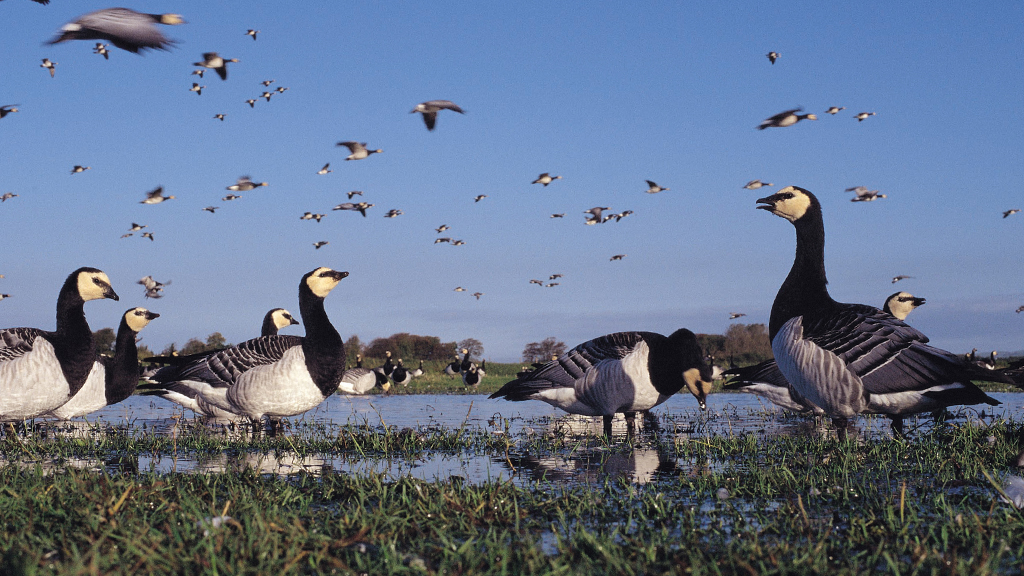Macro wildlife photography tips you can try anywhere
For many of us, capturing wildlife on camera is one of the ways we explore our love of nature. If you're restricted to your local area, why not think small and try macro photography using a DSLR or smartphone with our handy tips?
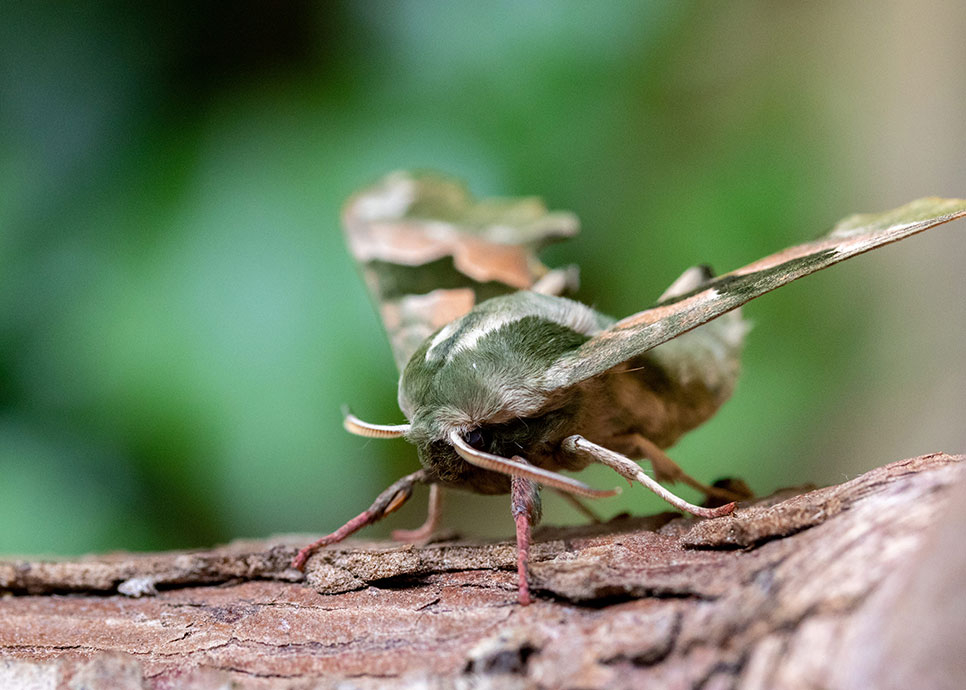
For many of us, capturing wildlife on film and video is one of the ways we explore our love of nature. It has been one of the few hobbies it’s been possible to keep up lately, albeit at a very local scale.
Sam Stafford, Content Creator at WWT, would often be out shooting wild, open estuaries and sweeping marshes, but now finds himself exploring a world much closer to home. He decided to experiment with the possibilities of macro photography, and discovered a new world of wetland wildlife on his home patch.
Lockdown has forced me to look at my surroundings repeatedly day in and day out. With nothing new to look outwards at, I decided to take the opportunity to look at bit closer, and try to see my familiar environment from a new perspective.
I tend to not go anywhere without my phone or my DSLR in case I spot an opportunity – and this is still the case when we’ve all been staying at home. I’m grateful to be living in a house with a wildlife-friendly garden: I can see bird feeders, a pond, and access to a moth trap. And that’s where I’ve been setting myself regular photo challenges, trying different tools and techniques to take macro photos.
At first you get accustomed to the same objects, the same computer screen, the same four walls and you don’t think anything is terribly exciting to take images of. This is when you need to change perspective; force yourself into challenges that spark your creativity. Just because a subject might initially seem familiar or done 1000 times, doesn’t mean you can’t find a new way of looking at it.
I initially started experimenting with a DSLR. Here is a selection of my favourite DSLR images using a Canon 7D MK2 and a Canon Macro EFS 60mm, and details of the settings I used to get the shots.
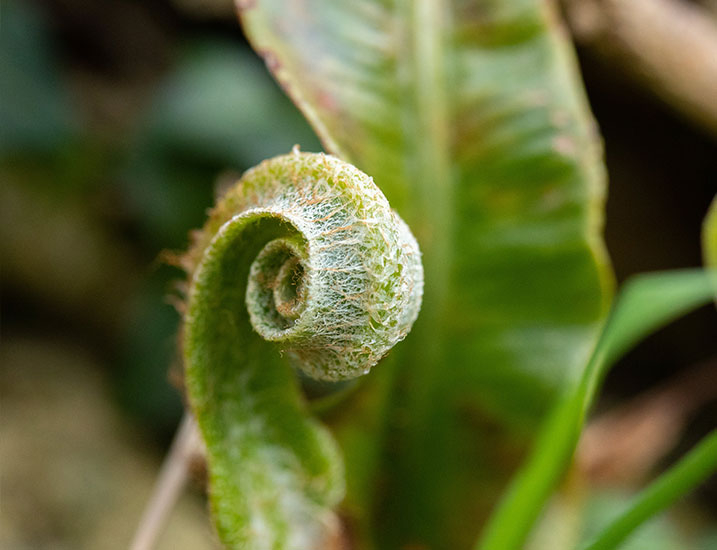

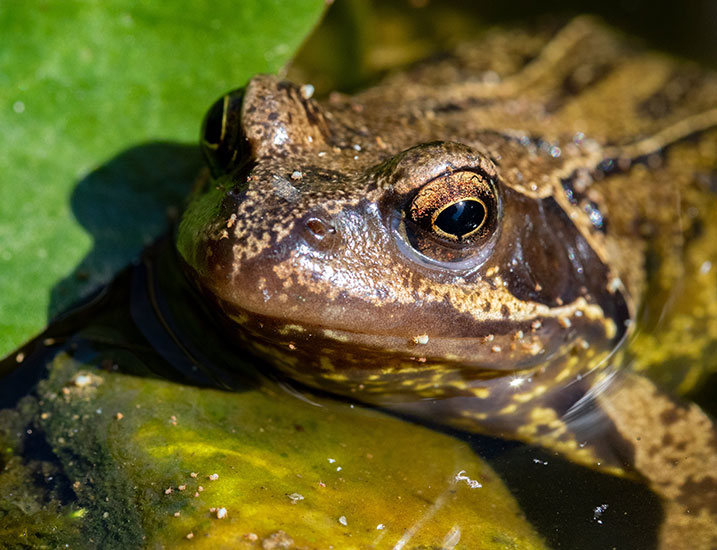
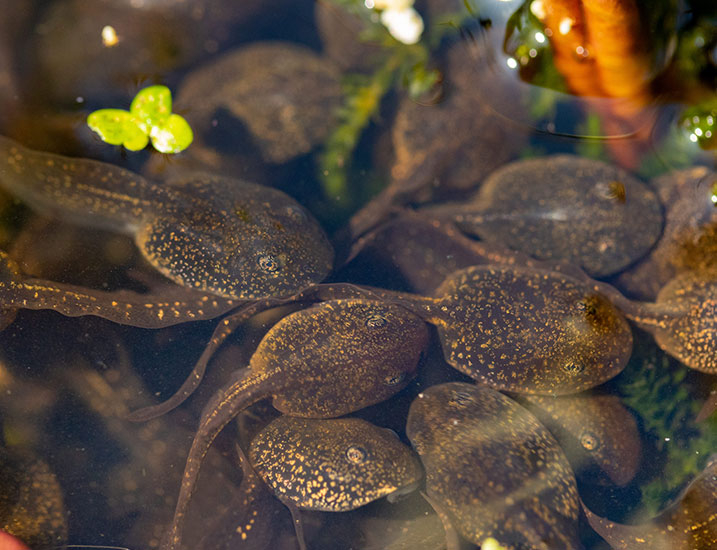
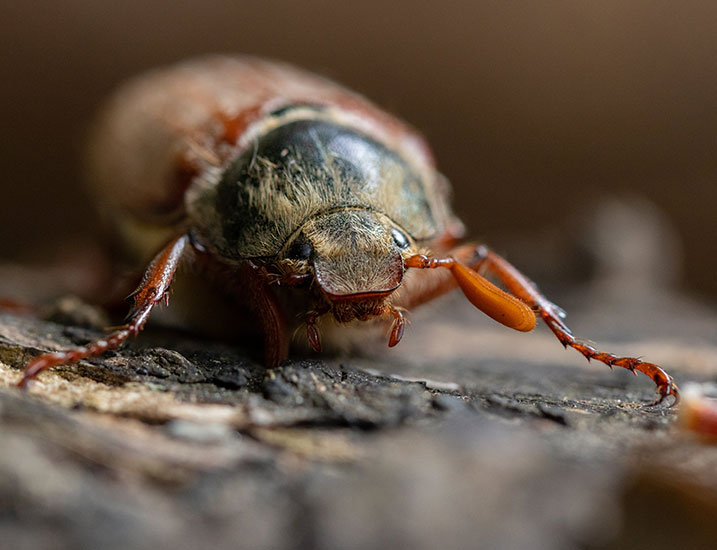
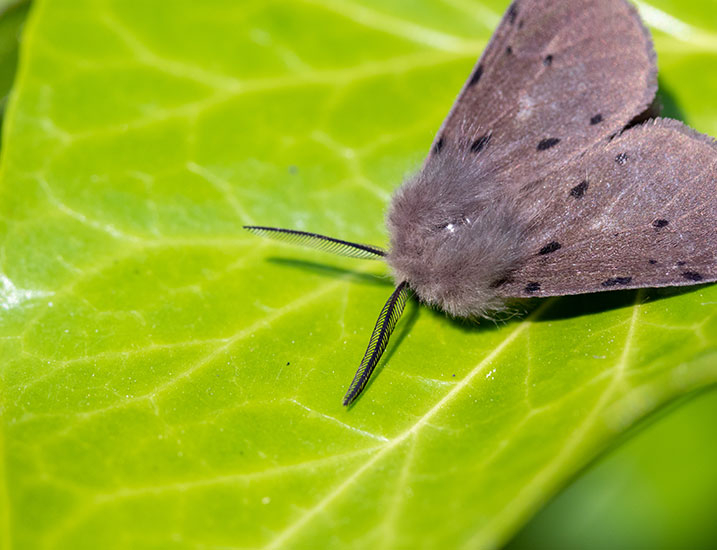
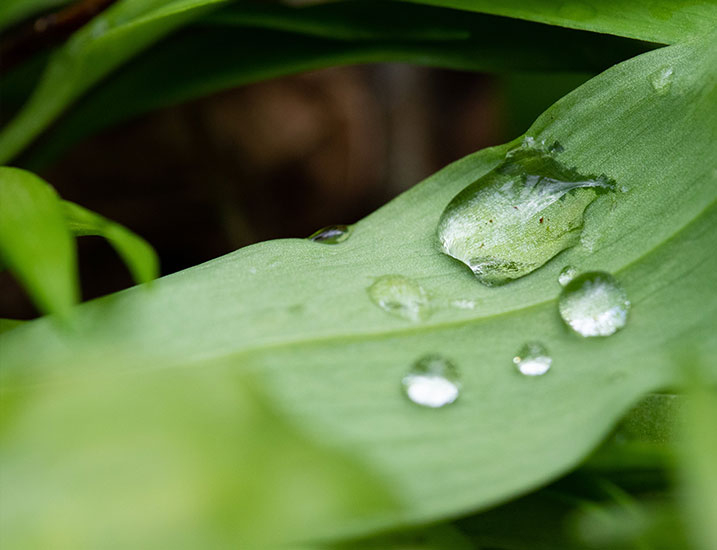
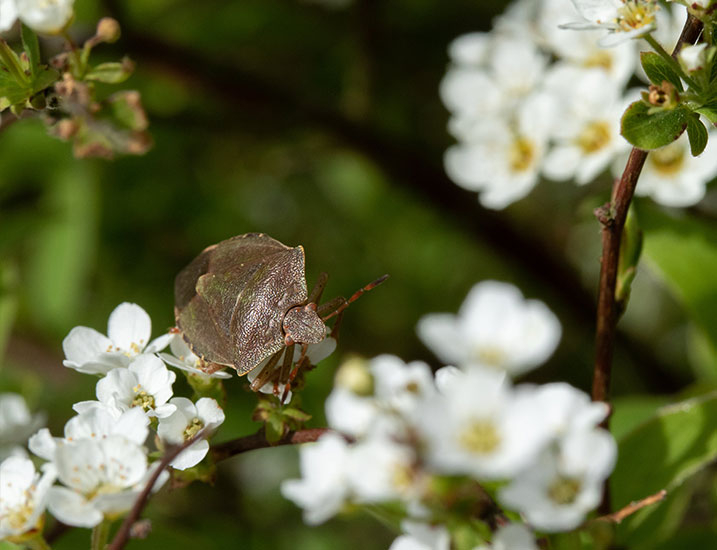
What to try if you don’t have a DSLR
I found myself gravitating towards this challenge time and time again – you’ve seen a frog, or those flowers in the garden so many times before but now you have to see it closer; you have to take your time to get used to the new setting. After a few weeks of DSLR challenges I swapped to mobile phone challenges and remembered a Christmas stocking filler – a phone lens attachment. It’s one of those gifts everyone slightly interested in photography receives from family members whilst staying under a £10 budget. Here are some of my favourite mobile phone camera macros:
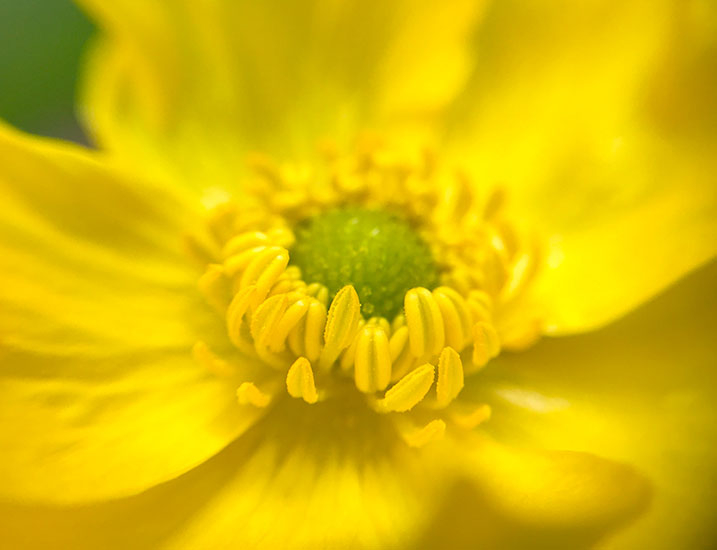
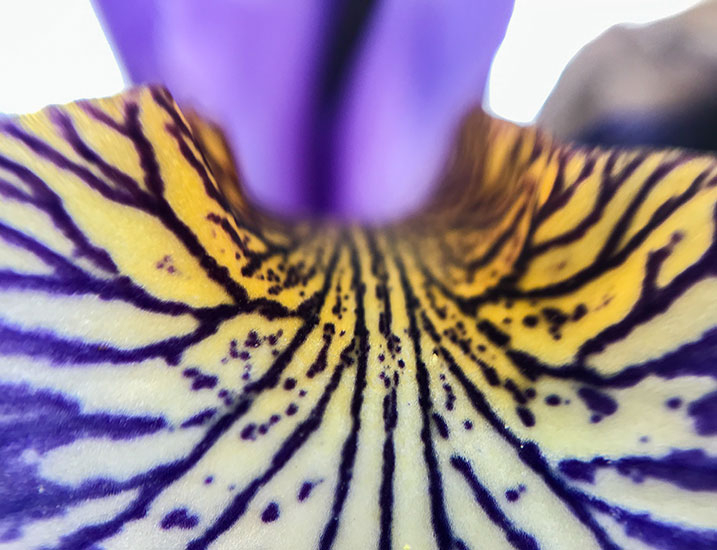
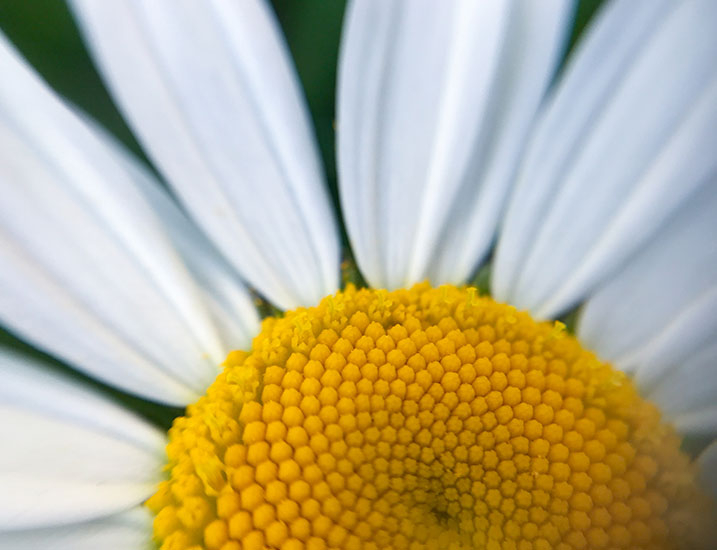
As a photographer, I found it really interesting to battle against auto ISO, auto focus, and variable shutter speed to get the shots that I wanted. After a bit of practice, I managed to get around the auto settings by taking multiple burst fire of the same subject and making a selection after. You can spend a lot on these phone accessories (even more on the phones themselves) but I was genuinely surprised at the results from an inexpensive macro lens with a slight bit of editing.
From my adventures in macro isolation here are my main tips:
Camera – use anything you have to hand, phone, DSLR, compact, polaroid. Each comes with its own challenges and techniques.
Light – try a torch (I sometimes use my phone’s torch whilst shooting with my DSLR), flash gun, different times of day – some light cloud will give you a nice bit of diffusion, whereas mid-day bright sunlight will give you some harsh shadows that can give your photo a different look and feel.
Patience - take a picture of the same subject multiple times with different: angle, camera settings, focus points, lighting. With the moving subjects I use burst fire and pull focus (where you use a shallow depth of field and move the focus from one thing to another) to try and increase my chances of clean focus. With stationary subjects, I keep moving around, finding new angles as I have no time limit.
Final tip:
If you own a pair of sunglasses with polarising lenses, you can use these as a makeshift Neutral Density (ND) filter with polarising capabilities – great for shooting images of tadpoles in water.
By Sam Stafford – WWT Content Creator
We’d love to see your lockdown wetland photos, so why not share your pond pics on social media or email us at waterlife@wwt.org.uk



